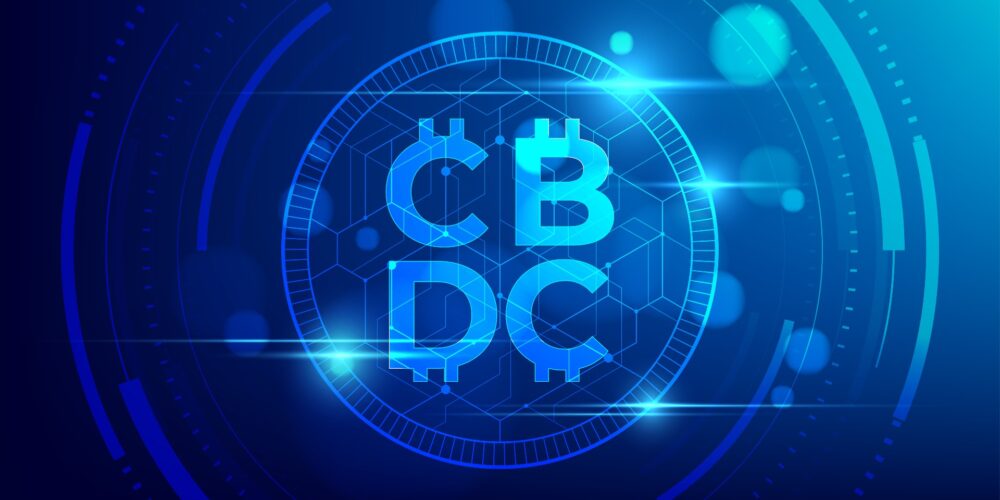India Enters the Era of Digital Currencies: e-Rupia as a Response to a Changing World
The global financial stage is rapidly evolving towards digital innovation, and central banks are beginning to explore the potential of digital versions of traditional currencies. In this context, India has joined the global revolution by introducing the digital rupee, known as e-Rupia (e₹).
E-Rupia – Digital Representation of the Indian Currency
E-Rupia was created as a tokenized digital form of the Indian rupee by the Reserve Bank of India (RBI), serving as the Central Bank Digital Currency (CBDC). It is minted and backed by the central bank, ensuring stability and the trust characteristic of traditional fiat currencies.
Advantages of e-Rupia
E-Rupia provides an alternative to conventional paper currency, eliminating costs associated with production, distribution, and damages to banknotes. Faced with a rising number of counterfeit notes of 2000 and 500 rupees reported by the RBI in the fiscal year 2021–2022, e-Rupia becomes an attractive option for Indians.
Security and Transparency of Transactions
E-Rupia operates on a blockchain-based platform, ensuring a secure and transparent environment for transaction execution. This system enhances security levels while minimizing the risk of fraud.
Integration of e-Rupia in Daily Life
Banks in India provide user-friendly digital wallets and interfaces, facilitating user adoption of e-Rupia in daily transactions. Additionally, they offer financial incentives for individuals opting for digital payments using e-Rupia, speeding up the adoption of this innovative form of currency.
Challenges Associated with e-Rupia
Despite numerous benefits, concerns arise regarding privacy and data related to CBDC. There is apprehension about asymmetries in access to financial information and government intervention in citizens’ personal spending through the digital rupee.
It is worth keeping an eye on the further development of e-Rupia in India as an example of dynamic changes in the global financial market, where traditional paper currencies are increasingly giving way to digital innovations.




